Kitchen Feng Shui
Your kitchen is the feng shui part of the home that nourishes and sustains life. Feng shui-wise, it is the most important part of your home. The kitchen is also a feng shui symbol of wealth and prosperity. This is why one of the first rules for good kitchen feng shui is to avoid having your kitchen close to the front door or to the back door, where the chi (good energy) can easily escape.
- We all know that the food we eat gives us energy.
For this energy to be of high and healing quality, the food needs to be prepared in a harmonious and well-organized kitchen; a kitchen that has a balanced flow of Sheng Chi, or good feng shui energy.
Good nutrition is good feng shui, so add healthy, organic foods to your diet, especially fresh fruits and vegetables. Besides the high nutritional value, organic fruits and vegetables carry strong healing vibrations from the earth; a quality of energy that your body dearly needs.
As we constantly exchange energy with our surroundings, a good feng shui kitchen leads to a good spirited chef, which, in turn, leads to good energy meals for a happy family!
Here are a few more basic good feng shui kitchen guidelines:
- The kitchen should have several levels of proper lighting, be airy and spacious, clean, bright and welcoming.
- For good feng shui, keep the kitchen simple and do not overload it with gadgets.
- Keep clutter at bay.
- Fresh flowers bring beautiful uplifting energy to your kitchen. Place a bowl with fruits, a vase of flowers, or a living plant on your kitchen table, windowsill, or wherever the layout of your kitchen allows.
Choose colors that blend well and feel good together. Feng shui-wise, the color yellow is a good choice for the kitchen, as it is good for your digestion. You can choose this color as light as “butter yellow” or as vibrant and strong as “squash yellow.”
The kitchen was considered to be the heart of the home since ancient times; use feng shui to make it a happy and healthy heart! Follow these simple feng shui tips and create a home where family and friends continue to share many beautiful moments together.
Even if your current kitchen is in a challenging feng shui location, you can still do your best by applying basic feng shui tips, as well as constantly creating good, fresh and vibrant energy full of love and care.
This good energy you create in your kitchen will come back to you tenfold, so it is an excellent investment in your health and well-being!
The location, design and feng shui basics of your kitchen are all considered very important in a good feng shui floor plan. In fact, your kitchen is part of the so-called “feng shui trinity” – the bedroom, the bathroom and the kitchen – because of its utmost importance for your health and well-being.
Location.. Location… Location…
So, what is the best feng shui positioning of a kitchen in a good floor plan and what is the worst one?
The worst feng shui positioning of a kitchen is the one where the kitchen is close to the front door and is the first view you see as you come in. Please note this does not apply to a kitchen further away from the door that you can partially see from the front entrance; this only applies to a floor plan where you literally come home through a kitchen.
Even in this case, there are better and worse scenarios. An oven that you can see from the front door, or aligned with the front door, is considered very bad feng shui. It is a bit better if you see a nice view of your kitchen, let’s say a kitchen island with some flowers on in, or a little herb garden for good feng shui.
Another bad feng shui floor plan kitchen location is a kitchen either under the bathroom or facing the bathroom door (a bathroom door in proximity to the oven or kitchen island is the worst).
The reasons here are plain common sense – the two energies should be kept apart and never mixed.
The last bad feng shui kitchen location is a kitchen very close to the staircase – these two energies are opposite each other and are best kept at a distance.
Moderately challenging kitchen locations are a kitchen very close to the laundry room or the garage, but these scenarios are much easier to work with and improve.
There are several elements that are important in the actual design of the kitchen. The designer triangle principle – where the oven, the fridge, and the sink form a triangle – is good feng shui and well-known to many. Less known, but very important feng shui factor is to avoid having your oven positioned in the way where you cook with your back to the door.
- How important is the stove or oven mouth direction for feng shui?
An important feng shui point regarding the stove location and positioning is to have the stove placed in a way that allows you to have a good view of your kitchen. Cooking with your back to the incoming flow of energy is not good feng shui.
Unless you can actually change the location of your stove, let’s say if you plan to use feng shui in renovating your kitchen soon, I would suggest not worrying about the direction of the oven mouth.
The first and most important aspect in feng shui regarding the stove is its location in the bagua map of your home.
As the stove represents the fire feng shui element, it is best to have it in a location that is compatible with or is not damaged by its fire energy. Usually, South and Southwest are considered ideal feng shui spots for the oven.
- When a kitchen door faces the bathroom door:
Having the kitchen and the bathroom doors face each other is considered very bad feng shui, indeed. One does not need to know much about feng shui to intuitively understand that this is not a good set-up for a healthy home.
When two doors are opposite each other, the feng shui energies flow very fast in and out of the spaces that are guarded by the doors. This is why another direct door alignment – the front door aligned with the back door – is also considered bad feng shui.
What you have in the case of a bathroom door facing the kitchen door is the energies of the bathroom (release, purification, letting go, etc) mingling with the precious energies of the kitchen (nourishment, cooking, warmth, love & support).
In practical terms, you have the undesirable odors from the bathroom affecting the energy of the kitchen, which is the heart of the home. In more complex terms, you also have the energies of the water feng shui element of the bathroom going against the fire feng shui element of the kitchen.
It will be harder to maintain optimum health and loving communication levels in a house with this set-up, but it does not mean you cannot do your best to even slightly improve the situation.
Your goal is to create as much division as possible between the kitchen and the bathroom, and here are 5 simple feng shui tips to consider if you cannot move out or plan a renovation.
- Always keep the bathroom door closed. This will help keep its energies from spreading into the whole home, and especially into the kitchen.
- Be sure your bathroom is always clean and a pleasure to be in, meaning it has really good feng shui energy.
- Find a creative way to define the boundary between the bathroom and the kitchen. For example, you can experiment with a divider screen, a tall plant or a bamboo curtain (if your kitchen has an open entryway) or have doors with no glass (if the kitchen doors have glass inserts).
- Choose different wall paint color on the two opposing walls — the kitchen door wall and the bathroom door wall. This can work well to define and energetically separate the two areas.
- Creating a focal point in between the two areas will draw the energies away from mingling and bring a sense of beauty. Work with big scale art and choose colors and images according to the feng shui bagua requirements for each specific area.
Once you understand what needs to be done and experiment with various solutions, you might find many more ways to improve your current situation.
If you own a home, look into the possibility of at least a minor renovation to remedy this situation. And, if you rent, you will sure be wise to avoid this set-up again! Understanding what makes a good feng shui floor plan and what is the best placement of all rooms in the house can help you make good decisions in the future.
If your kitchen is very small
The kitchen is considered the heart of the home not only in feng shui, but in many, if not all, old cultures. Feng shui wisdom adds the element of the state of your kitchen reflecting the state of your health; as well as attracting the flow of wealth and abundance into your life.
The kitchen is also a part of the very important feng shui triangle – the bedroom, the bathroom and the kitchen – which is directly connected to the state of your health and well-being.
What do you do, though, when your kitchen is very small and it seems like you can never keep it clean or find enough space for all your kitchen supplies?
If you have a difficult time with people putting things away and keeping it clutter free, it may mean that you have more items than your kitchen can accommodate.
Decide on the very minimum you can get away with and have “a place for everything and everything in its place”. I know this is much easier said than done, but see if you can pack some items away to improve the feng shui energy of your kitchen.
One feng shui decor element that usually works for a small kitchen is, strangely enough, to have some open display shelving. This little feng shui trick opens up a small, confined space and lightens the energy by creating a better flow.
Of course, with this comes the added issue of keeping the open shelves clutter free. It is good to know, though, that for good feng shui your whole space has to be clutter-free, be it visible or not.
You can also consider repainting the wood cupboards in a lighter color, such as white or pale butter yellow , whichever color works best with all the other elements in your kitchen (the countertops, the floors, etc.)
With a small kitchen smart lighting becomes crucial, so be sure to not limit yourself to one boring, energy draining typical ceiling fixture. Experiment with different levels of lighting and sense the change in energy each one of them brings. For a space to have a better quality of energy, at least 2-3 layers of lighting are recommended; this is especially important for a small kitchen.
Mirrors, of course, are one of the best feng shui solutions for small spaces and are sure called the aspirin of feng shui for a good reason! Find a way to place a mirror in your kitchen so that it brings more light and visually expands the space.
Be sure to also have some fresh energy in your small kitchen, be it a small container garden with aromatic herbs, or just some fresh fruits on display.
Most of all, keep it clean and keep it simple, and find many ways to fall in love with your very small kitchen. It is definitely possible.
Feng Shui of Kitchen Plates Shapes and Colors
Round is the feng shui shape with the most flow, or harmonious movement. This is not to say that square shaped plates are bad feng shui, not at all, just different energy, slower, more grounding.
- What colors and shapes of plates should I use in my kitchen for good feng shui?
- What plates should I use in my kitchen for good feng shui?
- Are round dishes better feng shui than the square ones?
- What color is best feng shui for plates, or does it depend on the kitchen location?
This is an interesting kitchen feng shui question, but I have to start with this: there are really no shoulds in good and successful feng shui applications.
It is always best to go with what you love and are drawn to.
This especially applies to your kitchen and your bedroom, as both places, feng shui-wise, are directly connected to your well-being; and only you know what makes you feel happy and nourished. Start with your own preferences, then see how they compare with the general feng shui guidelines.
In the course of understanding deeper levels of feng shui, you may feel drawn to make subtle (or not so subtle!) adjustments to your feng shui choices, but first always be guided by your feelings.
So, to answer your question with another question I would ask: “What plates do you like the most in your kitchen? What colors are you drawn to the most while dining?”
Personally, I use white plates, mostly round ones. I think white color it is the best energy foundation for the beauty and nourishment of the food that is served on these plates. You will also notice that good restaurants always use white plates.
To me, a clean white plate is like a fresh canvas waiting for the next masterpiece.
Round is the shape that has the most flow or harmonious movement, thus a fresh energy most suited to maintain, present and enjoy food. This is not to say that square shaped plates are bad feng shui, just a different energy that is slower and more grounding.
I guess one could say that square shaped plates make you slow down more.
Color-wise, I would say the best choice would be based on your personal preference, unless you have a big collection of dishes on display. In this case, you would like to have colors appropriate for your kitchen decor scheme, as well as for the bagua area the kitchen is located in.
Generally, blue is a good color for dishes when one is trying to lose weight; while red, orange and yellow will stimulate the appetite.
Herb Garden Tips for Feng Shui Kitchens
If you love your fresh herbs, I know you will find the best feng shui spot for the little herb garden in your kitchen. Best containers are of the earth feng shui element – try to avoid metal or plastic containers.
One of my most favorite ways to create great energy in my kitchen is with aromatic herbs.
Creating your own little herb gardens can be a really enjoyable process with numerous benefits. I enjoy cooking, so the smell of fresh herbs in the kitchen is heaven for me (great feng shui!)
I love the energy that fresh herbs bring into the kitchen.
Basil, rosemary, thyme, mint and lavender are my all-time favorites, but I also try to include something new every year. Check the 5 best herbs for a cook’s container garden for some great tips.
The vibrant, alive energy of herbs connects you to what matters the most – the simple, the good things in life. It’s a reminder of the nourishing power of the earth in all its beauty.
Growing Herbs in the Kitchen
If you want to enjoy a continuous supply of garden-fresh herbs in your own kitchen, keep these tips in mind.
- Choose plants carefully.
Opt for small-leaved herb varieties when possible, as they do the best indoors. In basil, for instance, you’ll find Fino verde, which has half-inch leaves. Some herbs naturally have small foliage, like oregano.
- Where to get the plants?
Buy established herb plants in the nursery or via mail-order, or grow your own from seeds or cuttings. You can grow basil year-round by periodically letting older plants go to seed and then scattering the seeds in the pot. To grow mint, use root cuttings.
Start herbs from seed in a soil-less potting mix in a warm location. Hasten germination and get the plants off to a good start by growing them on a seedling heat mat. Once the herbs reach two inches high, take them off the heat and repot them in regular potting soil.
- Provide plenty of light.
Most herbs grow best in a bright location, such as near an unobstructed southern window. Eastern and northern windows can also work, if you provide supplemental light from full-spectrum lighting. Western windows receive afternoon sun, but get warm and may burn foliage, especially in the summer months.
If your kitchen is windowless, grow herbs in a hydroponic growing system that comes with its own special lighting.
- Ensure air-circulation and cool conditions.
Herbs grown in stuffy, warm rooms attract pests like scale insects and mealybugs, and they grow weak and spindly.
“Herbs don’t like it warm in winter, even if you do, so place them in cool areas, such as on windowsills,” says Denise Schreiber, greenhouse manager for Allegheny County Parks in Pittsburgh and author of Eat Your Roses. “Air circulation is also necessary,” she says. “Locate the herbs near an overhead fan or in an area of the kitchen that receives air movement from another room.” Cracking windows open occasionally also helps.
- Watch watering.
Avoid overwatering your indoor herb garden or letting pots sit in trays of water, as soggy soil will quickly lead to root rot. Water when the first inch of soil dries out.
- Rotate often.
Leggy, weak growth is a common problem with indoor herbs. Help ensure they grow straight and strong by rotating the plants once a week so that all sides receive adequate light.
- Fertilize monthly.
Keep your herbs growing healthy and strong by feeding them on a regular basis with a half-strength solution of a well-balanced, liquid fertilizer, such as a 15-15-15.
- Prune regularly.
Fortunately for your cooking, herbs require frequent pinching for the plants to stay bushy and healthy, so make sure to prune often. The more you pinch, the more the herbs will grow, and the tastier your cooking will be.
- A Few Helpful Growing Tips
When buying herbs for indoor growth, it’s best to purchase plants that haven’t already been growing outside. The shock of bringing them indoors can cause trauma and affect growth and production. Remember that winter is a natural resting phase for plants, so it’s unrealistic to expect abundant growth. Try minimal watering and let them do their thing. Clipping them regularly will promote further growth so clip away—remember, you’re growing them to use!
A common mistake is to plant all herbs in one container. This inhibits growth and in the case of an invasive herb, you’ll likely witness an herbal blitzkrieg in your container, so plant each herb in its own container. Containers should have ample drainage holes in the bottom and since herbs can be susceptible to fungus, allow them to breathe by using terracotta pots, no smaller than six inches in diameter. To allow further ventilation, place pots in a container of small pebbles.
Always use a high-quality organic potting soil that contains vermiculite or perlite for adequate drainage. Avoid using soil from the outside, as it contains organisms that are controlled by the outdoor environment. Rosemary, thyme, and basil prefer soil with more lime, so adding a spoonful of crushed eggshells to the soil is beneficial. Though herbs are hearty, they do like to be fed once in a while—especially when growing in limited pot space. Herbs are grown for their leaves not for their flowers, so any fertilizer you give them should promote leaf growth, not blooms. One of the easiest ways to feed your herbs is to add one tablespoon of fish emulsion to a gallon of water and use this every time you water.
Water the herbs at the base, where the stem meets the soil—don’t water the leaves. Water once and let the water drain completely through, then repeat. How often your herbs need to be watered is a matter of watching and learning to read each individual plant. A good rule of thumb is to let the soil dry between waterings. Remember, one of the biggest mistakes in watering herbs is over-watering them; herbs don’t require as much water as a typical houseplant. If you see leaves turning yellow, this is the first sign of over-watering.
If your herbs require supplemental light, clamp-on reflector lights with fluorescent bulbs work best. Clamp the lights to the pot, four to six inches away from the plant. If you see brown spots on the plant, this is a sign of burning and the lights either could be too close or may have been used for too long.
With winter approaching, there’s no need to go without fresh ingredients for warm stews, soups, and herbed crusts and breads. And now is the right time to start growing herbs for any Thanksgiving cooking you may have in store. With minimal space and perhaps some artificial light, a winter garden could provide plenty of fresh winter fare.
The Easiest Herbs to Grow Indoors
If you love your fresh herbs, I know you will find the best feng shui spot for the little herb garden in your kitchen. Be mindful of the containers you use – the best containers are made of earthenware and bring the earth feng shui element; try to avoid metal or plastic containers.
Good luck in creating an aromatic herb garden in your very own kitchen!
- Lemongrass
Technically, you don’t even grow lemongrass, in that it’s not planted in soil, making this one incredibly easy herb to keep in the house. When buying a stalk at your local market, look for plenty of stem and make sure the base is intact. Trim the top and place the stalk in a couple inches of water. The stalk will produce roots and dozens of new shoots.
- Chives
These are one of the easiest herbs to grow indoors, as they do not require much light and are prolific in their production. Chives are easiest to start from an already-established plant. Just pull up a bunch from the established plant (including the roots), place it in a small pot half-full of potting soil, then cover the roots up to the crowns with more potting soil. Cut about one-third of growth off the top to stimulate new growth.
- Mint
Both spearmint and peppermint literally grow like weeds. They’re both very hearty and very invasive, meaning that they can quickly choke out other herbs. Keep in mind that a lot of spearmint is required to produce the same minty effect as peppermint, so if you’re growing it indoors, where space is limited and harvesting is frequent, peppermint is the better option. Start your peppermint plant with seeds—not root or leaf cuttings—in a small pot full of potting soil. Peppermint will thrive in shade, but make sure it’s in a spot where it gets at least a little bit of light each day.
- Parsley
Parsley is one of the most commonly used herbs and is very easy to grow, though the seeds can be difficult to germinate and may take up to two weeks to see results. The good news is it doesn’t require much light or maintenance once you get it started. Keep in mind, though, that this plant is a fairly slow grower, so initial clippings will not harvest a lot.
- Vietnamese Coriander
Coriander is the seed of the cilantro herb. This particular version of coriander is easier to grow than regular coriander, as it’s very hearty and very reliable.
- Oregano
The Greek variety of oregano is easiest to grow; however all oregano requires six to eight hours of sunlight per day, so a well-lit window—particularly one with southwestern sun exposure—is best.
- Thyme
This is another herb that requires six to eight hours of sunlight per day, and it may even need supplemental light. My favorite is lemon thyme, which can be used in place of regular thyme and has a unique citrus-like flavor and isn’t nearly as easy to find as other varieties in stores.
- Rosemary
This herb is very easily over-watered. It prefers to remain on the dry side and does not need particularly rich soil. Several varieties are available; some are bush-like and some are more of a creeping plant. Choose an upright variety like Tuscan Blue or Blue Spire. These will remain more compact, making them a better choice for indoor growing.
- Basil
This is a favorite to use when cooking. However, this herb is one of the most difficult to grow, especially indoors during the winter months. The best varieties for indoor growth are the Spicy Globe or African Blue. The African blue won’t have the wide, bright-green leaves you may be used to seeing in grocery stores; it’s similar to Thai basil with its narrower leaves and bluish-purple stalks.
A gallery of ideas:
Here are a bunch of ideas for nifty kitchen garden containers:
How Can I Feel the Feng Shui Energy?
Good feng shui energy is all around you, it comes in all forms, shapes, and sizes. Basically, you can test the quality of any given energy by the way it feels. You know the feng shui energy is good when you test it with the basic question: does it feel good?
A room does not necessarily have to look perfect in order to have good feng shui energy. No amount of wind chimes, fountains or lucky bamboo plants will bring good energy if the overall good feel of the room is missing.
Creating Good Energy In The Kitchen
Now let’s focus on your kitchen, as this is an ultra important space for your home, as well as for your own well-being, of course! A house with a happy kitchen is a happy house indeed! The kitchen was always considered the heart of the home in all ancient cultures, and feng shui, being an ancient art, is no exception to this rule!
Good feng shui in the kitchen is as important as good feng shui in your bedroom, and for the same obvious reasons – your body is deeply connected to the energy of your kitchen.
There are many ways you can improve the quality of feng shui vibes in your kitchen. It starts with the basics of a clean kitchen with a good flow of air and lots of natural light. Then you can go deeper and find out which bagua area your kitchen is located in so that you can strengthen its feng shui.
Feng shui-wise, the best bagua areas for the wood element of the herbs are East, Southeast and South, but the very first criteria would be the energy flow in your kitchen, including the natural light.
Feng Shui Tips for A Soulful Kitchen
Feng shui in the kitchen is a fascinating topic with almost never-ending options and possibilities in creating good energy in this special area of your home. Of course, in feng shui-ing your kitchen you always start with the basics – clean, clutter clear, follow the logical flow – and then move on to a bit more advanced feng shui levels.
However, what I keep noticing in my feng shui practice is many kitchens with a predominant energy of coldness.
Kitchens that visually look absolutely gorgeous and shine with the latest appliances, but have a very distinct feng shui energy of coldness.
It is very sad if you think about it, as your kitchen is the last place in your home where you would want cold energy.
Actually, no place in your home wants cold energy. Not really, (other than your fridge, of course!) Fire and nourishment are the keywords for a good feng shui kitchen, and soulfulness and warmth are the absolute components to make it work.
Ancient people considered kitchen to be the heart of the home and the keeper of the soul of the space. In many areas, images of special gods/deities are placed in the kitchen and asked to look over the well-being of the family. In feng shui, there is even a deity called the Kitchen God that is much feared amd respected (in traditional feng shui applications).
Now, we kind of think the same about the kitchen.
But mostly in terms of “must-have” latest appliances, gadgets and a seamless look – one might wonder from looking at many home decor magazines if this is a kitchen or a clinical room. We have lost the feeling of the soul of the home and the magic that is created in the kitchen.
If we are to get in touch with it again, to invite it back into our homes and our lives – feng shui wisdom suggest you spend some time re-creating your kitchen.
Ask yourself:
- How does your kitchen feel?
- How does your kitchen smell?
- What is it telling you in the morning?
- And at night?
Experiment with many easy feng shui ways to shift the energy in your kitchen – be it with better lighting, warmer colors or mouth-watering kitchen art. Bring some fresh herbs into your kitchen, display fresh fruits, water bottles, etc, make your kitchen alive with energy.
Use feng shui kitchen tips to invite the energy of soulful nourishment and joy back into your home. Explore the use of colors, shapes, scents, etc, explore and play with them in a creative way. It is your kitchen and it is deeply connected to the quality of your health and your overall well-being.
After all, a home without a soul is not a home, really. Just a structure waiting for more, waiting for a bigger purpose to be revealed. Help your home find that soulful purpose. You will be the one to greatly benefit from it.
Sources:
- Radical Self Care Project Overview by shirleytwofeathers - No Comment
- Radical Self Care Image Gallery by shirleytwofeathers - No Comment
- It’s A Wrap by shirleytwofeathers - 3 Comments
- Something To Consider by shirleytwofeathers - 1 Comment
- Nurturing Your Precious Self by shirleytwofeathers - 3 Comments
me: Make Your Own Violet Fire
Abdulrahman: Money Chant – Very Fast
Shirley Twofeathers: It’s A Wrap
Daniel Knirs: It’s A Wrap
Shirley Twofeathers: It’s A Wrap
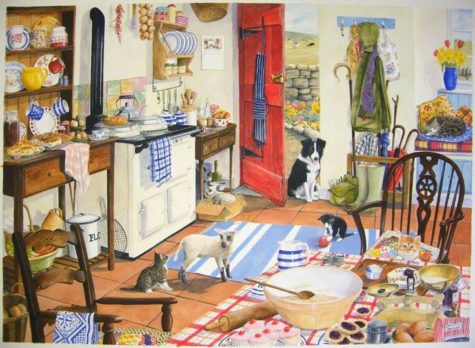




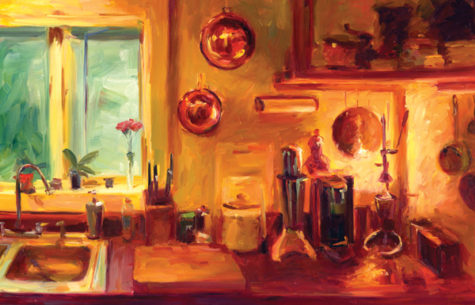

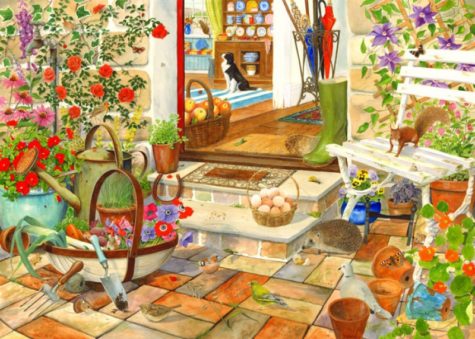
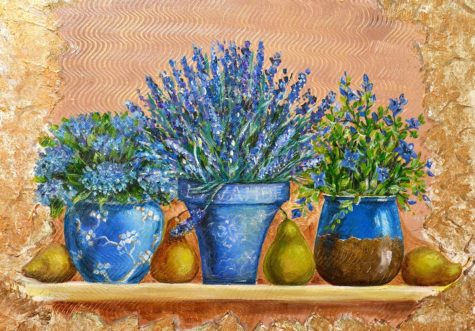
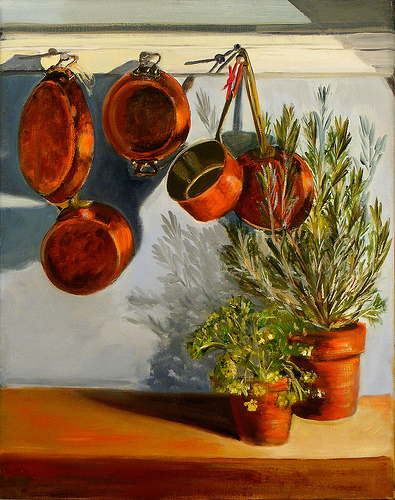
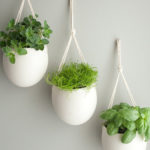
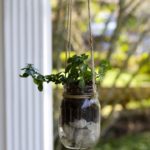

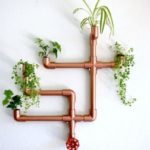
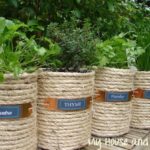
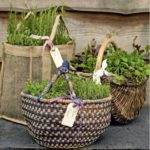
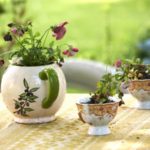

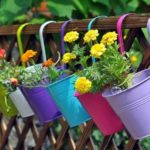

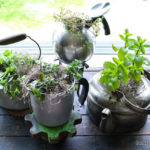

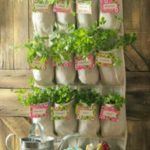
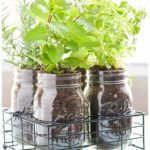


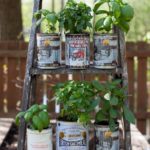
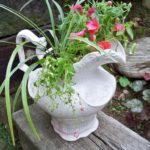

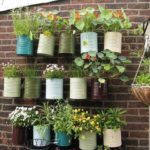

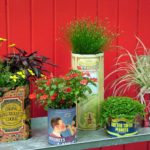
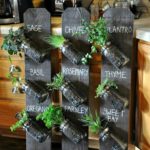



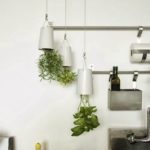

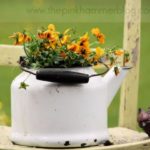
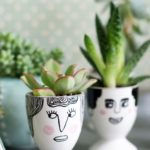

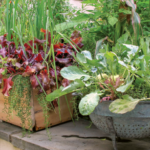
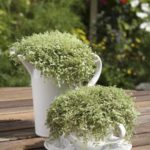
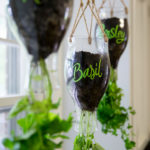
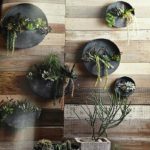
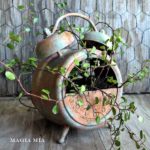
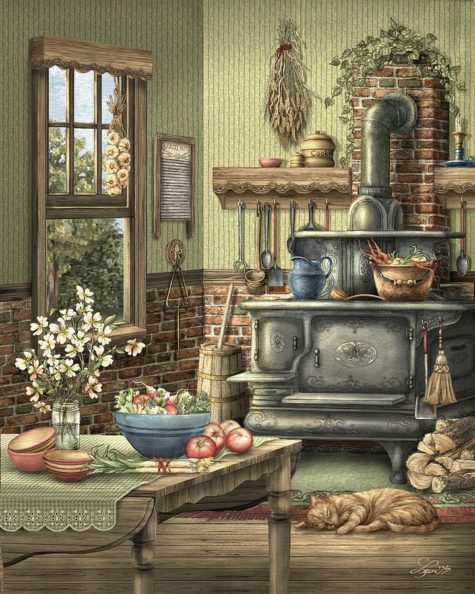
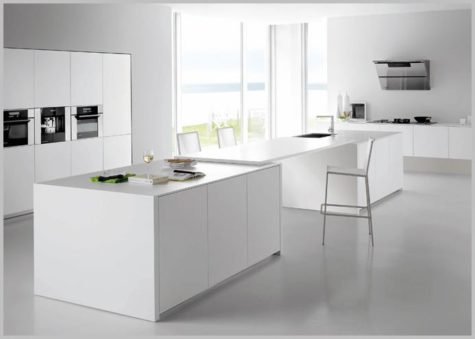
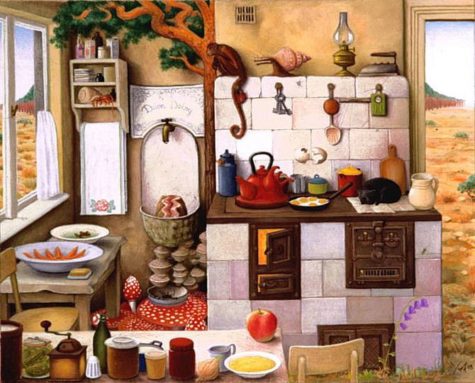






Leave a Reply